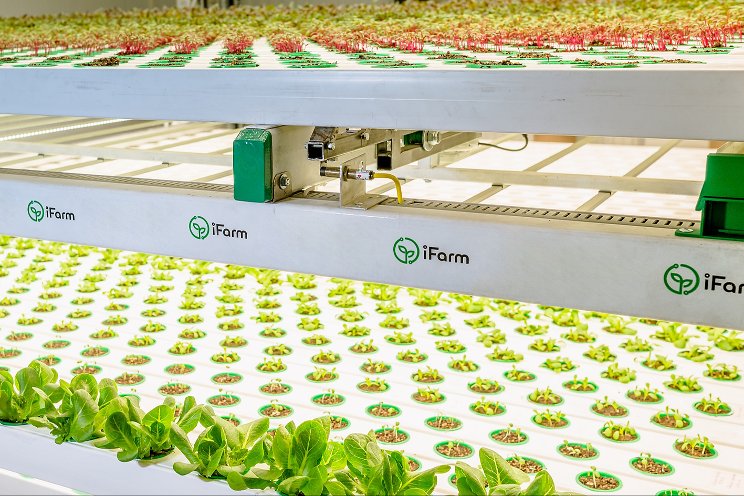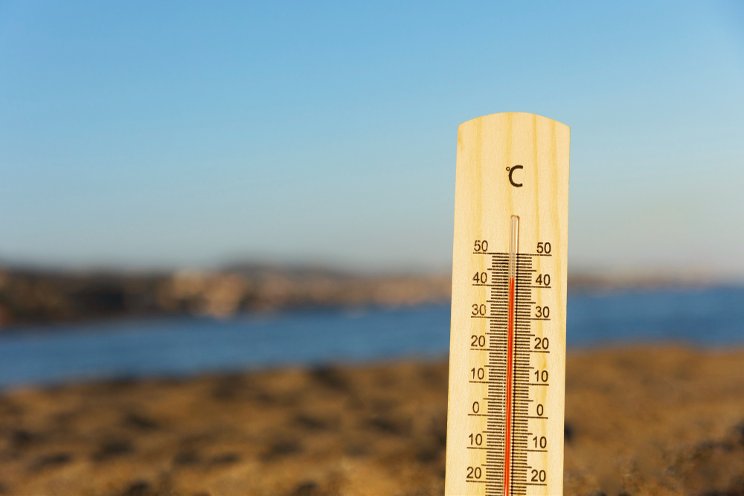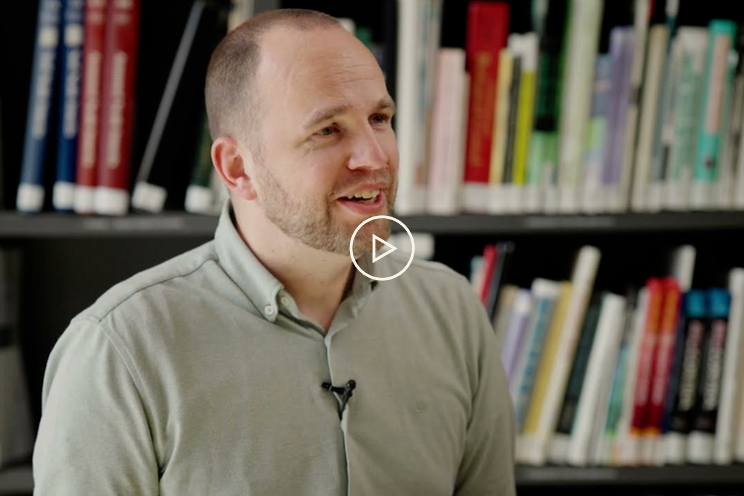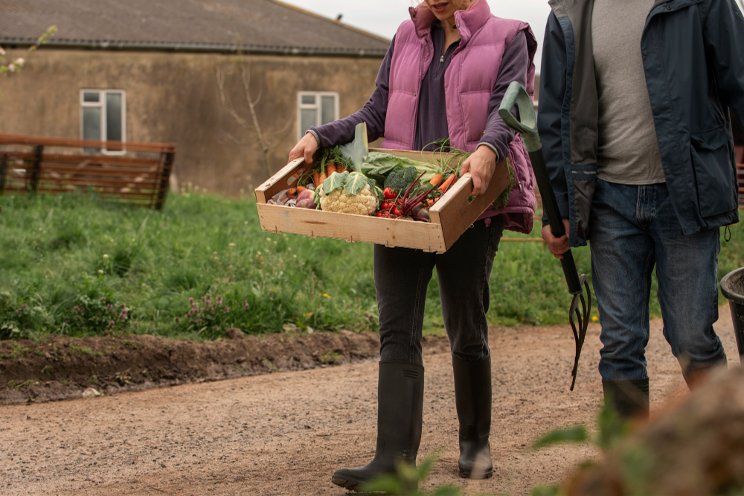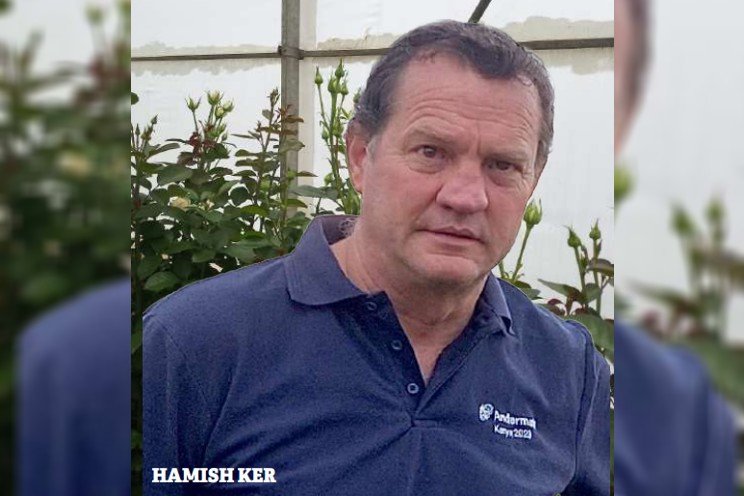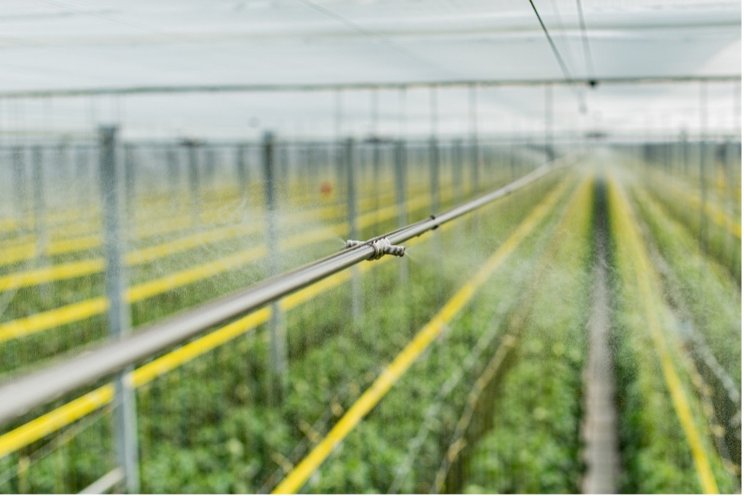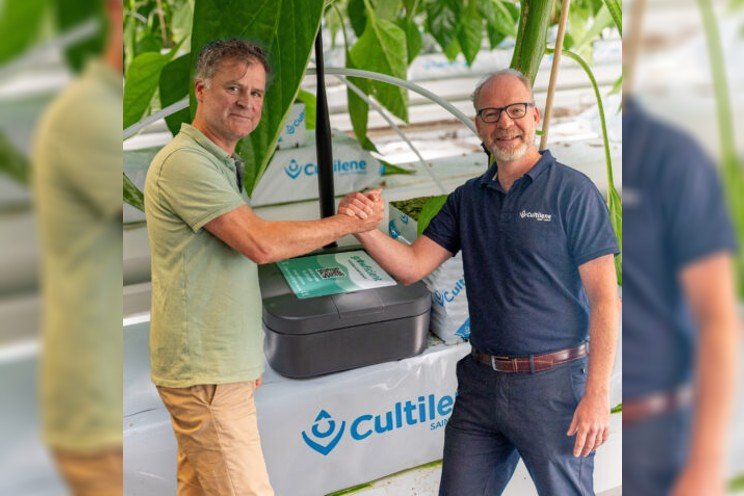WUR: Greenhouses can’t do without gas yet
Added on 22 November 2022
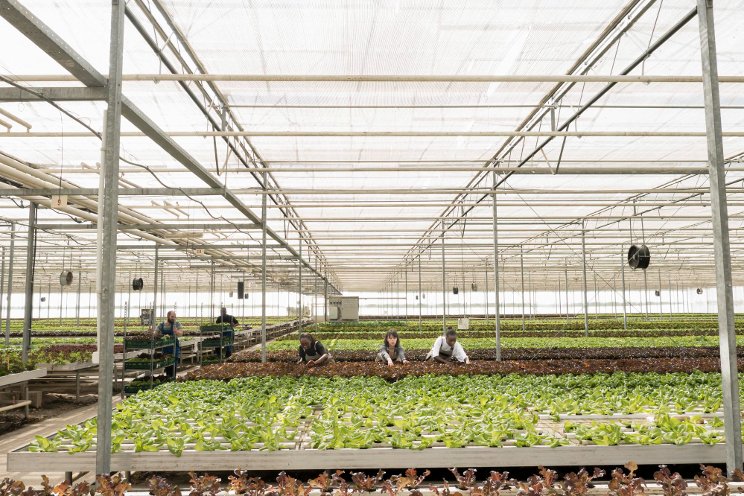
Growers of tomatoes, cut flowers and pot plants are no different from the average household; their greenhouses use a lot of gas and electricity, especially in winter, for heating and lighting the plants. Prices have recently risen rapidly, especially since the outbreak of the war in Ukraine and the reduction in gas supplies from Russia. Whether or not this will put horticulturalists in the red depends mainly on how long this energy crisis lasts, according to a survey by greenhouse horticulture organization Glastuinbouw Nederland. Before 2022, 75 per cent of the greenhouse horticulture companies had fixed the price for at least some of their energy in longer-term contracts with energy providers. Nevertheless, 38 per cent of greenhouse horticulturalists expect to have difficulty paying their bills by the end of 2022. Some growers decided last winter to heat less, switch off the lights or not to use all their greenhouses.
Winter break or not
Many more may do this next winter. The Ministry of Economic Affairs and Climate Policy is working on a shutdown plan for Dutch businesses, should real shortages occur. The plan includes compensation for greenhouse horticulture companies that voluntarily reduce their energy consumption. This will enable growers to assess what would be the most economically sound course of action: to continue growing plants through the winter or to take a break. ‘That is the kind of thing entrepreneurs are wondering about under the present circumstances,’ says Frank Kempkes, a researcher in Energy and Greenhouse Climate at Wageningen University & Research in Bleiswijk. He is the project leader of a number of demonstration greenhouses showcasing how greenhouse horticulture can be more energy efficient. ‘At the current gas price of around two euros per cubic metre, you can’t really break even anymore. There have already been rose growers who turned off the heat in their greenhouses last winter. Roses can withstand such a period perfectly well, but other types of cut flowers cannot. Potted plants can be kept a little cooler for a few months, but you can’t turn the heat off completely. And it will delay growth and mess up the company’s planning.’ Growers have to decide far in advance what risks they want to take with a crop, says Kempkes. ‘For an illuminated tomato crop, the young plants are moved into the greenhouse at the beginning of August and harvesting starts early October. Once the plants are established, and you have been investing in substrate, fertilization and care for months, you cannot just turn off the heat when the price of gas goes up. You will suffer massive losses if you do.’ The demonstration greenhouses in Bleiswijk have shown in the past few years that considerable energy savings are possible in, for example, the cultivation of strawberries, gerbera, freesia and pot anthurium. Experience has been gained with better insulation, heat pumps, efficient LED lighting, dehumidification and precision climate control. One of the challenges of optimum insulation with little ventilation is air humidity, which can cause fungal infections if it gets too high. ‘For the freesias, we have adjusted the lighting better to the growth stage,’ says Kempkes. ‘A young plant gets little light, and a big one more, up to a certain maximum. By doing that, we have significantly reduced electricity consumption for the lamps, and growers have become more aware that more light is often pointless.’
Green electricity
The demonstration greenhouses do not use gas: their heating and lighting are electric. And that is the way to go, Kempkes thinks. ‘Preferably on green electricity, but that is either not available or not affordable yet, and it is impossible for individual growers to organize it with wind turbines and solar panels on their own land. Hydrogen is an option as a fuel, but that is still a distant prospect. And in a lot of future scenarios, hydrogen is seen as primarily an energy source for industries that work with very high temperatures, such as the chemical, glass and steel industries.’ Greenhouse horticulture has made great strides in energy saving over the past 20 years. More is being produced per square metre using less energy. But there are even more possibilities, says Kempkes. ‘When you add it all up, the heating requirements of a typical horticultural firm can be halved with insulation, heat recovery and smarter cultivation. Storing heat in the ground can also yield savings, because this technology uses the heat surplus in summer to make up for the shortage in winter.’ A few pioneers have already switched from gas to heat storage. Orchid grower Van der Hoorn in Ter Aar had 15,000 square metres of gas-free greenhouse built in 2006, with lighting provided by green electricity. The cultivation of butterfly orchids takes a year, six months of which are spent at a tropical temperature of 28 degrees and six months at 19 degrees to stimulate flower formation. During the cold period, the greenhouse is heated by means of a heat pump, and the resulting cold is stored in the soil to be used in the summer to cool the greenhouse. Kempkes: ‘In the Netherlands, the sun provides the equivalent in energy of 100 cubic metres of natural gas per square metre. Growers consume an average of 30 cubic metres per square metre each year, so the sun supplies much more than the horticultural sector needs. Sadly, it is all concentrated in the summer months.’
Image by DCStudio on Freepik
More news
